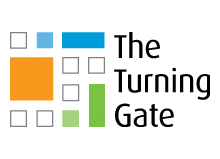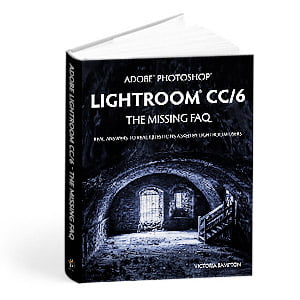The TTG Phplugins feature is a somewhat advanced feature that allows greater control and flexibility with your site. What if you want include banner ads or add a Google Map to your About or Contact page? Or what if you want a background image for your site? You’ll need to use phplugins.
You’ll also need to enable phplugins if you want to use any custom css or if you want to use drop-down navigation menus in Pages.
But right now you might be thinking you’ll never want to do any of those things or that it’s just too hard or you don’t understand any of that yet. But someday you’re inevitably going to want to do something with your site that’s not included in the TTG web engines.
Or, more likely, you’re going to want to add an item to your navigation menu. Perhaps you’re already using all the included pages in Pages and you want to add a Links page, for instance. Whatever the reason, it’s likely to happen.
If using Publisher, you can just change the menu in your Publisher templates. If all you have is Pages and you manage your albums with Publisher, then you’re set. Change the menu in Pages and the menus in your templates. But what if you’ve got a more extensive site or you’re not using Publisher. Then you’re stuck changing the menu in every page you have, exporting, and then uploading the index files. Just the exporting alone can take a lot of time.
This is where managing your navigation with phplugins will save you hours of work. And if you’ve already enabled phplugins site-wide, you’d just need to make some slight changes to one file and your navigation will be changed across the site.
Enabling phplugins is painless; it’s basically just checking a box and entering some stuff in the “path to phplugins” field in the Site Info control pane. And after you’ve entered that path once, it’s available in the drop down to enter it again in other web engines.
The documentation for enabling phplugins site wide is here.
There’s only one step that might cause some confusion, and that’s the step where you obtain the server path to phplugins. The documentation states to “ping” the path.php file. All that means is to enter the url to the path.php file into the address bar of your browser and hit enter.
http://www.yourdomain.com/phplugins/path.php (substituting your website for ‘yourdomain’, of course)
What you then see in the browser is the server path you need. Just copy it and paste that path.
Once you’ve done this, your site is set up for the extensibility of phplugins. You may never use this feature, but at least it will be in place and ready to go if you do.



I have a number of domain names. I am trying to update the site http://www.carolellis.com, which is located in a sub folder of my website (www.lilsalt.com). I cannot for the life of me ping the location there my phplugins/path.php folder is located. It returns with an unresolved host error message. A second note, my wordpress is located in a folder called wordpress1, and inside that folder are the wp files, which I understand that is where the phplugins folder is located at the same level. I guess I am asking where in the structure I need the phplugins and wordpress folders to make this thing work. I have opened a case with Network Solutions to help me, but I have a feeling that this is going to be a big run around.
Hi Carol,
for the carolellis.com site, the path to phplugins can be shown here: http://www.carolellis.com/phplugins/path.php
for the lilsalt.com site, I don’t know. It should be here if you’ve activated phplugins for that site: http://www.lilsalt.com/phplugins/path.php
Unless you’re setting up a WordPress based site (which neither of those are) you won’t be needing to place the phplugins file anywhere in a wordpress folder. If using TTG Theme for WordPress for your blog, just enter the server path to phplugins for the main site.
If you have more problems with enabling phplugins, please post to the TTG forum where Matt and others will be sure to see it and offer their help as well.
Hi Rod,
I have finally obtained the path… I had to contact Network Solutions and they did something which made the path to the phplugins visible… I then enabled the dropdown menu on my galleries page, so now I think I am rock and rollin… Thanks for being there. Now I just have to work out a couple more items, such as new header titles for added pages, and ultimately getting the Blog working.
Best,
Carol
http://www.carolellis.com